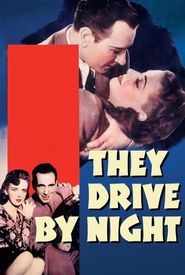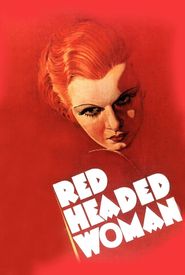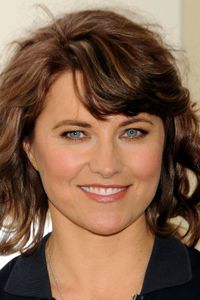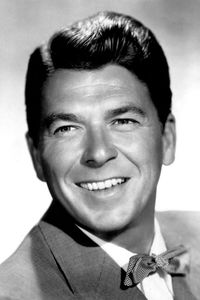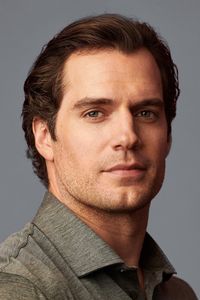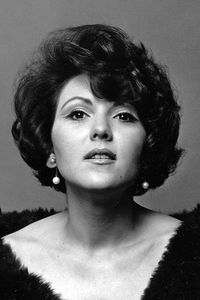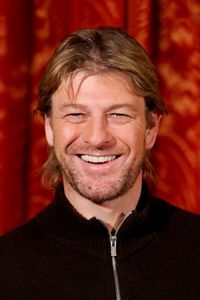George Hurrell, a classically trained painter, revolutionized photography by incorporating fine art techniques into his work, thereby distinguishing himself from his contemporaries. His remarkable career as a portrait photographer for the major Hollywood studios commenced in 1930, with an initial partnership with Metro-Goldwyn-Mayer, a studio that would play a pivotal role in his development as an artist.
This period marked a significant era in the history of the film industry, as the Great Depression, a time of great economic turmoil, ravaged the country, yet the movie industry surprisingly thrived. Hurrell's photographs not only served to promote films and celebrities but also provided an escape from the difficulties of the era for many, offering a sense of escapism and a respite from the hardships faced by the general public.
As a result of his groundbreaking work, Hurrell is widely credited with establishing the standard for the idealized Hollywood glamour portrait, a benchmark that continues to influence the film industry to this very day.
George Hurrell's illustrious career was marked by a trailblazing spirit, as he revolutionized the art of photography by inventing the boom light and pioneering numerous groundbreaking lighting techniques that have since become the norm.
His remarkable mastery of precision lighting, coupled with his ingenious use of spotlights, shadows, and meticulous hand-retouching on negatives, enabled him to craft enchanting portraits that have become synonymous with the essence of glamour.
These legendary images have seeped so deeply into the fabric of popular culture that it is astonishingly easy to overlook the fact that a single visionary photographer, George Hurrell, is largely accountable for the iconic film-glamour ideal that has captivated audiences for generations.

